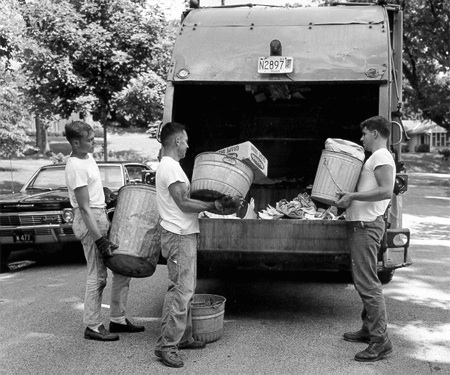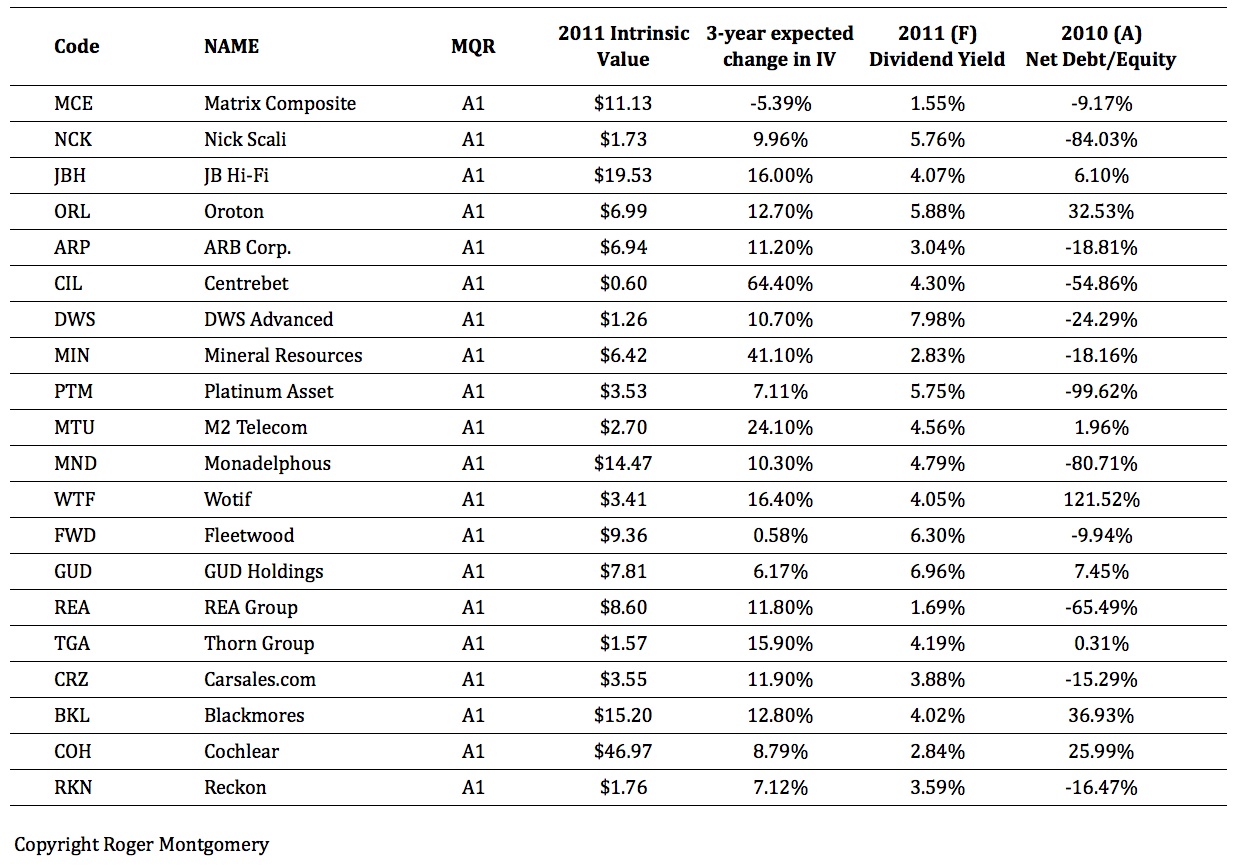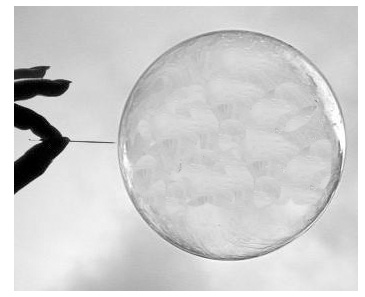 Have Australia’s lauded CEO’s earned a good reputation when it comes to the impact of their bigger-is-better ambitions on the shareholders for whom they work?
Have Australia’s lauded CEO’s earned a good reputation when it comes to the impact of their bigger-is-better ambitions on the shareholders for whom they work?
According to Richard Puntillo; “in theory, publicly traded corporations have shareholders as their kings, boards of directors as the sword-wielding knights who protect the shareholders and managers as the vassals who carry out orders. In practice, in the past decade, managers have become kings who lavish gold upon themselves, boards of directors have become fawning courtiers who take coin in return for an uncritical yes-man function and shareholders have become peasants whose property may be seized at management’s whim.”
When a listed company announces an acquisition, commerciality is often cited as the reason for failure to disclose the purchase price. But with Australia’s corporate graveyard littered with the writedowns of overpriced acquisitions past, it is about time companies treated their shareholders like kings.
I have long advocated the idea that companies should retain profits and reinvest them, provided they can achieve high rates of return on equity. The result? Much higher returns – indeed returns that ultimately match the rate of return on equity being achieved by the company. But the rather worse-than-patchy record of Australian Merger & Acquisitions (M&A) in creating shareholder value, gives shareholders plenty of ammunition in their calls for companies to ‘hand the money back’.
Here’s a couple of examples…
Where, MQR: Montgomery Quality Rating; Value.able IV: Value.able Intrinsic Value; Today: Value.able Intrinsic Value as at today (5 May 2011); Ten Year IV Change: Ten year change in Value.able Intrinsic Value.
Foster’s
MQR: C5; Value.able IV 2001: $2.99; Today: $3.50; Ten Year IV Change: 1.6%p.a.
Foster’s Share Price 2001 $5.71; Today: $5.51
Last week, Foster’s shareholders voted to spin off the company’s wine business. After buying Southcorp for $3.1 billion in 2005 (my valuation using the steps in Value.able was closer to $2.30 per share than the $4.17 Foster’s paid) Foster’s rejected a $2 billion private equity bid for its wine business, saying it “significantly undervalues” the Treasury Wine Estates.
When they bought Southcorp the execs were lyrical in their praise. Trevor O’Hoy said “The combination of our two great companies will create the world’s leading premium wine company”.
If you came to me to buy Southcorp in 2005, the year after it earned just $46 million in profit (the same profit as it earned ten years earlier by the way) and you wanted a margin of safety, I would advise that the right price to pay for Southcorp would be less than 65 cents. Try it yourself – plug 5% return on equity, $1.17 of equity per share and a payout ratio of just over 60 per cent into the Value.able formula. In 2005, when you came to me, the share price was $4.20 and using the price as a reference point, you would have thought I was crazy. The $3.5 billion in writedowns however since then, suggests it is the ‘too-cheap’ price for a copy of Value.able that is crazy!
PaperlinX
MQR: B2; Value.able IV 2001: $2.29; Today: $0.17; Ten Year IV Change: -23%p.a.
PaperlinX Share Price 2001: $4.93; Today: $0.28
On 9 September 2003, PaperlinX announced that it had purchased Buhrmann Paper for $1.1 billion. In June of that year Paperlinx’s share price was $3.77.
At the time, Ian Wightwick, Managing Director of PaperlinX said, “It is very pleasing that the hard work put in by our team undertaking due diligence has confirmed our initial view of the quality of Buhrmann’s Paper Merchanting Division business, its people and its assets. This business has great potential, and we are confident that the acquisition will deliver strong earnings per share growth for our shareholders.”
Ten days after the announcement the share price had shot up to $4.93. My Value.able Intrinsic Value estimation suggests it fell from $2.50 to $1.82! Nine hundred million was borrowed that calendar year and $150 million of capital was raised, to fund the acquisition.
For the year prior to the acquisition, PaperlinX earned $147 million. Since then profits have generally declined every year, and in 2009 PaperlinX lost $197 million and another $29 million in 2010. The share price has fallen from $4.93 to 28 cents today. Worse, there were 447.9 million shares on issue in 2003 and now there are almost 50% more.
AMP
MQR: A3; Value.able IV 2001: $4.01; Today: $3.97; Ten Year IV Change: 0%p.a
AMP (adjusted) Share Price 2001: $13.90; Today: $5.29
AMP launched a cash and scrip bid for AXA Asia Pacific in late 2010. Under the deal with AXA’s French parent, AMP paid more than $4 billion for AXA Asia Pacific’s New Zealand and Australian businesses. The deal valued the entire AXA company at $13.3 billion, but the Value.able intrinsic value of AXA is significantly lower.
AMP bid about $5.40 per share. And just like Southcorp shareholders, AXA shareholders wanted a higher bid. Well of course they did, and as I have said previously, I would rather receive a few million more for my house too. But AXA’s performance doesn’t justify it.
AMP’s chief executive Craig Dunn said that the deal would create an effective competitor to the big four banks and makes AMP the biggest player in all segments of Australia’s $1.2 trillion wealth management sector with 20 per cent market share.
In a bout of déjà vu (reminiscent of PaperlinX), AMP’s shares rallied after the deal was announced.
According to analyst estimates at the time, AXA would generate a return on equity of about 13 percent over the next two years. With the exception of the 2008 loss, the return on equity for the last ten years has ranged between 6.8% in 1999 and 27% in 2003. Based on the forecast ROE and a payout ratio of between 61% and 67%, AXA’s 2010 equity of $2.58 per share is worth a little more than $3.00 per share. At the time of the bid, AXA’s shares traded at $5.84.
When Oxiana and Zinifex merged to form OZ Minerals, the market capitalisation of the two individually amounted to almost $10 billion. Today the merged entity has a market cap of $4.6 billion.
The above examples are not rare. With more space, we could go through many, many more.
Overpaying for assets is not a characteristic unique to ‘mum and dad’ investors. CEOs in Australia have a long and proud history of burning shareholders’ funds to fuel their bigger-is-better ambitions. PaperlinX, Fairfax, Foster’s – the past list of companies and their CEOs that have overpaid for assets, driven down their returns on equity and made the Value.able value of intangible goodwill carried on the balance sheet look absurd, is long.
Nothing gets the blood racing more than a takeover and when blood leaves the head for other regions, common sense usually follows. You should be on your guard when your company announces an acquisition.
Posted by Roger Montgomery, author and fund manager, 3 May 2011.




